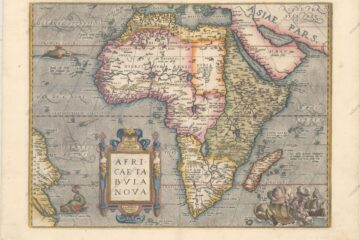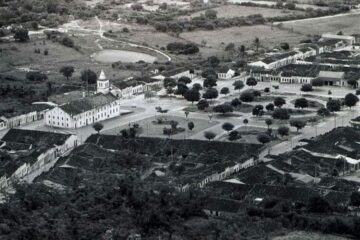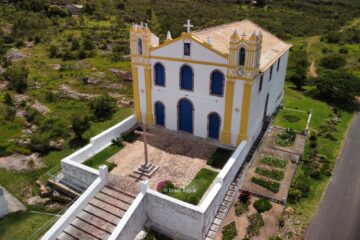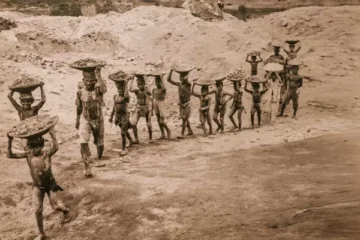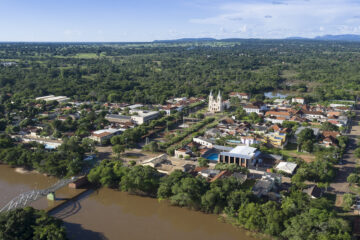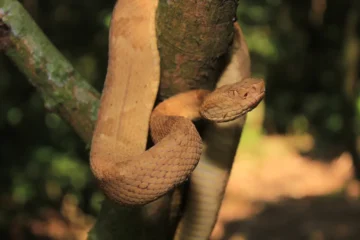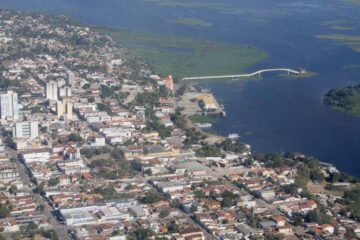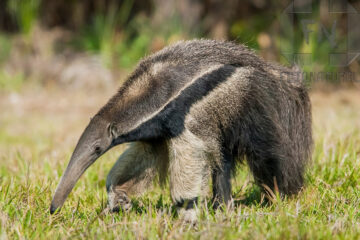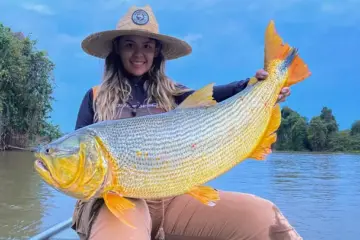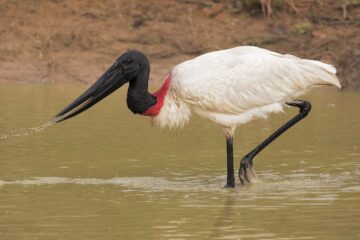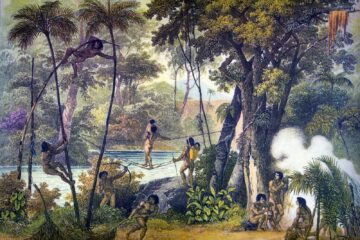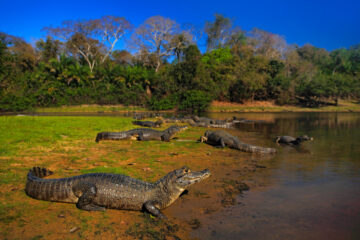Este post também está disponível em:
Português
English

The subsoil of the northeastern hinterland is mined for emeralds up to 150 meters and in natural caves, where researchers have found fossils.
The subsoil of the northeastern hinterland holds many treasures. Among them are the emeralds that are taken from mines that reach 150 meters deep. There are also natural caves, where researchers have found fossils of prehistoric animals and traces of Brazil’s ancient inhabitants.
The underground labyrinths of the sertões stretch for hundreds of kilometers.
The subsoil of Bahia has the largest number of caves in the country.
They are immense tunnels, with sandstone formations and fossils of prehistoric animals. The cave’s inhabitants, the bats, rest on the ceiling, in a place where they are well protected.
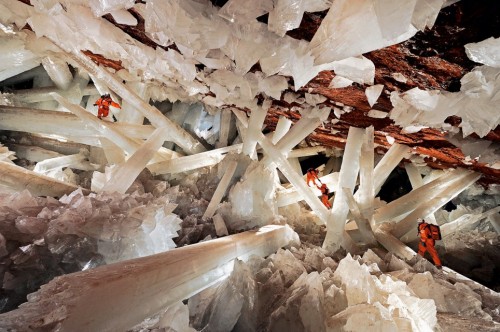
Subsolo do sertão nordestino tem esmeraldas, minas, cavernas e arqueológia
At some points, the cave looks like a temple for its surprising beauty. “It has 28 kilometers topographed, but we already know much more than that and probably our generation will not reach the end of this cave, it is very extensive,” says researcher Rangel Carvalho.
The researchers found fossils of prehistoric animals in the subsoil floor of the northeastern hinterland. “Here we have a fossil of a deer. It is an animal that is already extinct, which has been identified. It is an animal that lived around ten thousand years ago,” explains the speleologist.
In Sergipe, on the banks of the São Francisco River, a museum holds relics of great archaeological discoveries in the hinterlands.
The Xingó Museum has panels and scenery with illustrations of the first inhabitants of the region, painting the walls of the caves, making the rock inscriptions.
“What could be rescued was rescued. There were 36 archaeological sites located. What was rescued already gives a meaning, an idea of the importance of this region for the prehistoric context,” says Railda Nascimento Silva, museum coordinator.
Ceramic objects, funerary urns and very old human skeletons were also rescued and are being analyzed at the Xingó Museum. “Among the skeletons identified during the rescue project, probably the oldest is about 9,600 years old,” says the professor at the Federal University of Sergipe.
The subsoil of the northeastern hinterlands is also rich in ore and precious stones. Descending through a hole dug in the rough rock, as high as a 50-storey building, you reach an elevator, which looks more like a shower, where water keeps falling.
The tunnel has electric lighting and a pump draws water from between the rocks. “We make a gallery, one meter high by two meters wide, wooding everything and entering here. This is where the stones are produced. This is where the emeralds come from,” says one miner.
Using hammers, the miners search for the precious stones, but it’s not easy to find them. Many people depend on these mines. Even outside the mines, they search for a forgotten emerald. “We have 9,800 people in the Serra da Carnaíba who live off this mining. Nine thousand eight hundred people directly and, indirectly, it amounts to 60,000 people”.
The beauty of the subsoil of our hinterlands is the most precious jewel. Even in the underground of the driest area of Brazil, there is a treasure carved in each rock.
Brazilian Prehistory at the Xingó Archaeology Museum
Discovered in 1991, the Justino Cemetery in the northeastern subsoil, with 188 human skeletons with their adornments and belongings used in life, was the first major prehistoric vestige found in the lower São Francisco region, between the states of Alagoas and Sergipe.
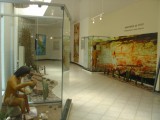
When researcher Cleonice Vergner and her team were carrying out an archaeological rescue work requested to the university by the São Francisco Hydroelectric Company (Chesf) in 1988, she did not imagine that she would find so many traces of Brazilian prehistory years later. The research began in the region that would be flooded by the Xingó hydroelectric dam, and then continued throughout the non-flooded areas.
There is work for at least four generations, says Cleonice. On the bank of the São Francisco River, in the lower region, only two sites have been excavated out of the 255 discovered.
In these sites in the northeastern subsoil, known as Letreiros and Vale dos Mestres, were the pieces, skeletons and ceramics that today are preserved and exhibited in the museum, in a refrigerated and musicalized environment, along with maps and miniatures that represent how those prehistoric peoples lived.
The MAX logo, a drawing of a bird resembling a vulture, was also found in rock art sites, repeating itself in three different sites. Between plateaus and river terraces, 41 sites are downstream of the dam and 214 at the mouth.
The museum has a team of 43 people distributed in the research laboratory in Xingó and at the central station in Aracaju. The excavations are carried out by the community itself in the towns of Paulo Afonso, Canindé, Olho D’Água and Piranhas. “Only the people in the drawings were illiterate.
We taught the others how to dig and made them literate. Today, they do supplementary education, four of them have already graduated through us and one has become a master and works with us,” says the researcher. “The project also had a social concern, integrating the community. Today the museum supports 217 people, including employees and their families.”
The Museum of Archaeology of Xingó is located in the in the municipality of Canindé of São Francisco in Sergipe which is 200 kilometers from the capital of Sergipe (four hours by bus) and has been visited by more than 55,000 people in these four years.
Emeralds, mines and caves in the subsoil of the northeastern hinterland.
Bahia.ws – Tourism and Travel Guide of Bahia and Northeast Brazil
